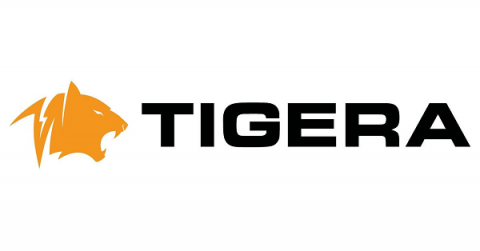Security | Threat Detection | Cyberattacks | DevSecOps | Compliance
%term
What are Cybersecurity Trends in 2019?
The previous year (2018) witnessed an overwhelming number of cyber-attacks and data breaches that affected millions of customers across companies, including customers of household names like Uber, Facebook, Reddit, British Airways, and the Marriott hotel chain. Even governmental organizations were no exception.
French Data Protection Authority fines Google Euro50 million under the GDPR
France’s national data protection authority (CNIL — Commission Nationale de l’informatique et des Libertés) ordered its first sanction under the EU’s General Data Protection Regulation, or as commonly called as the GDPR. In this sanction, the CNIL fined Google a whopping €50 million because of Google’s failure to comply with the GDPR provisions when a user sets up his new Android phone and follows the subsequent process.
Leveraging Service Accounts for Label-based Security
One of the key Kubernetes security concepts is that workload identity is tied back to information that the orchestrator has. The orchestrator is actually the authoritative entity for what the actual workloads are in the platform. Kubernetes uses labels to select objects and to identify collections of objects that satisfy certain conditions. We, and others in the Kubernetes networking space, often talk about using Kubernetes ‘labels’ as identity bearers.
What Does a Compliance Manager Do?
Many people think that a compliance manager does nothing more than checkboxes on forms. However, in reality, your regulatory program manager coordinates across a variety of departments within your organization to keep your daily processes in alignment with your policies, procedures, and processes.
Top 7 Tips for Improving Cyber Risk Management in 2019
With the constant barrage of headlines regarding breaches in the last few years, it seems that society in general has become numb to losing personal data. This year’s overarching cybersecurity theme is clear: We’re all in this together because we simply can’t do it alone. Effective defense demands a team effort where employees, enterprises, and end users alike recognize their shared role in reducing cybersecurity risks.
3 Tips for Enterprise Patch Management
A few weeks ago, I woke up one morning to discover that Android had 34 software updates waiting for me. This was followed by my laptop wanting to reboot after installing the latest patches from Microsoft; my tablet needing a reboot after its latest firmware update; and my server screaming for me to put “yum” into action to install the latest patches available from Red Hat – all before 10:00 am in the morning!
Ways to Respond to a Breach
Breaches aren’t easy to deal with, especially if you are of the opinion that companies are people too. Having seen, been part of, and lent a shoulder to many a breach, here are nine of the common ways companies respond to breaches.
Guest blog: Eray Mitrani - Hacking isn't an exact science
Eray Mitrani works for Nokia Deepfield where they are providing network analytics and DDoS-protections. He is a security researcher in the Detectify Crowdsource community. In the following guest blog, he goes through the process of finding and submitting his first module to Detectify Crowdsource, which is an authorization bypass.







